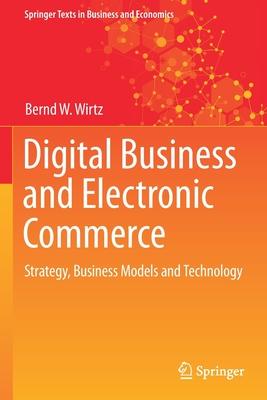You are an agricultural loan officer, and you are analyzing a potential borrower's farm financial condition. For 2023, you have the following information of the farmer. a) Calculate the following ratios on liquidity, solvency, and debt coverage ratio. Then determine whether they fall under acceptable zone or not using the FFSC benchmark. 1. Current ratio 2. Debt-to-asset ratio 3. Debt coverage ratio b) Calculate the following ratios on profitability. Then determine whether they fall under acceptable zone or not using the FFSC benchmark. 1. Return on assets 2. Operating profit margin c) Based on your calculations and observations above, will you be willing to lend to this farmer? Discuss why or why not using the numbers and benchmarks from (a) and (b). d) Now, assume that you have the following information of the above ratios for the same farmer in 2019 through 2022. You also know that NFIO for most farmers (including this potential borrower) jumped temporarily in 2021 and 2022 because of new government payments related to COVID-19 rescue package, which are all set to expire in 2023. Looking at the historical trends of ratios of the farmer and information you have above, will you be willing to lend money to this potential borrower? Discuss some of the trends you see from the historical records of ratios above and provide argument for your decision to lend or not (you can draw a graph if that can help you better explain your argument). You are an agricultural loan officer, and you are analyzing a potential borrower's farm financial condition. For 2023, you have the following information of the farmer. a) Calculate the following ratios on liquidity, solvency, and debt coverage ratio. Then determine whether they fall under acceptable zone or not using the FFSC benchmark. 1. Current ratio 2. Debt-to-asset ratio 3. Debt coverage ratio b) Calculate the following ratios on profitability. Then determine whether they fall under acceptable zone or not using the FFSC benchmark. 1. Return on assets 2. Operating profit margin c) Based on your calculations and observations above, will you be willing to lend to this farmer? Discuss why or why not using the numbers and benchmarks from (a) and (b). d) Now, assume that you have the following information of the above ratios for the same farmer in 2019 through 2022. You also know that NFIO for most farmers (including this potential borrower) jumped temporarily in 2021 and 2022 because of new government payments related to COVID-19 rescue package, which are all set to expire in 2023. Looking at the historical trends of ratios of the farmer and information you have above, will you be willing to lend money to this potential borrower? Discuss some of the trends you see from the historical records of ratios above and provide argument for your decision to lend or not (you can draw a graph if that can help you better explain your argument)









